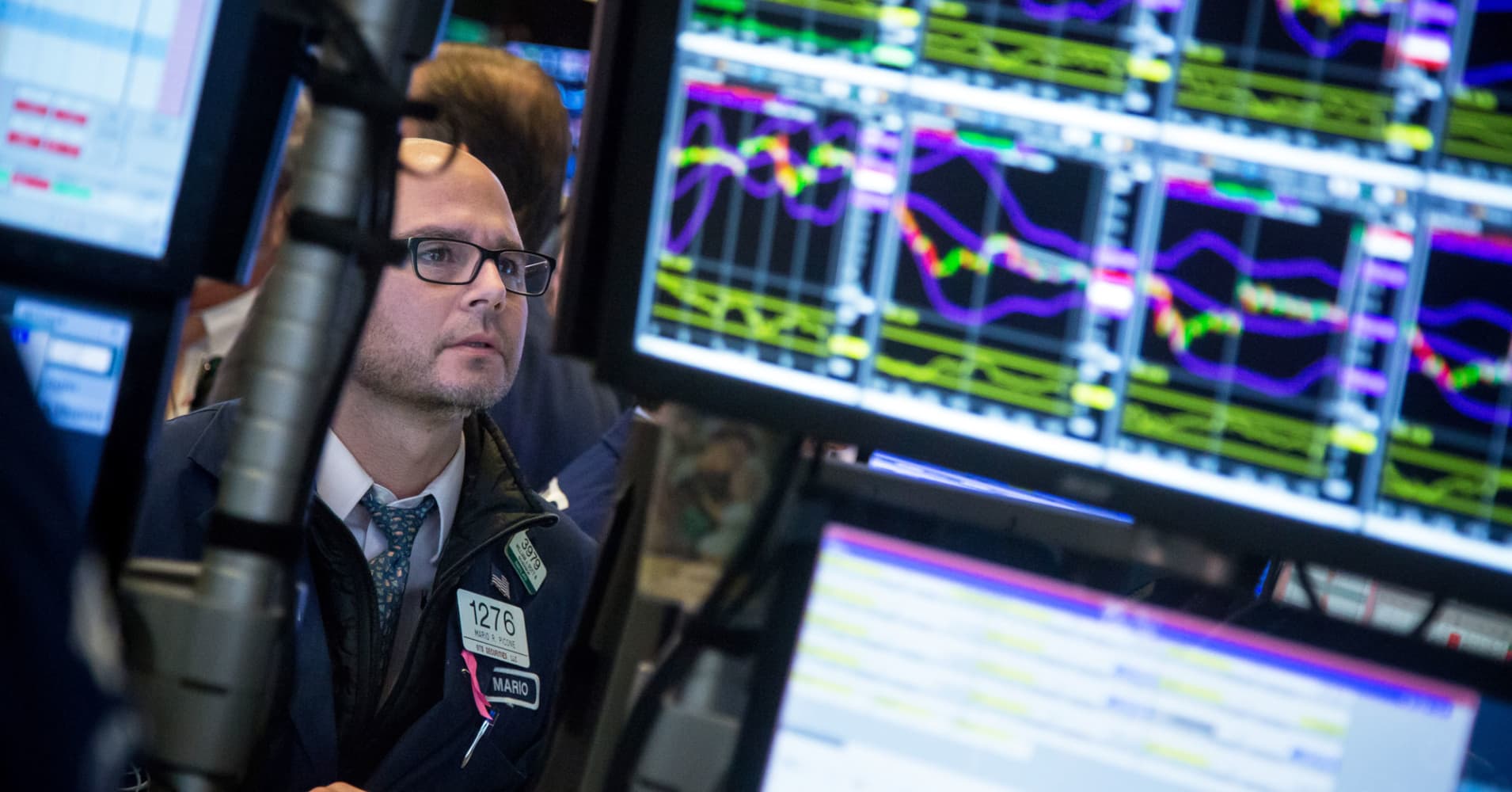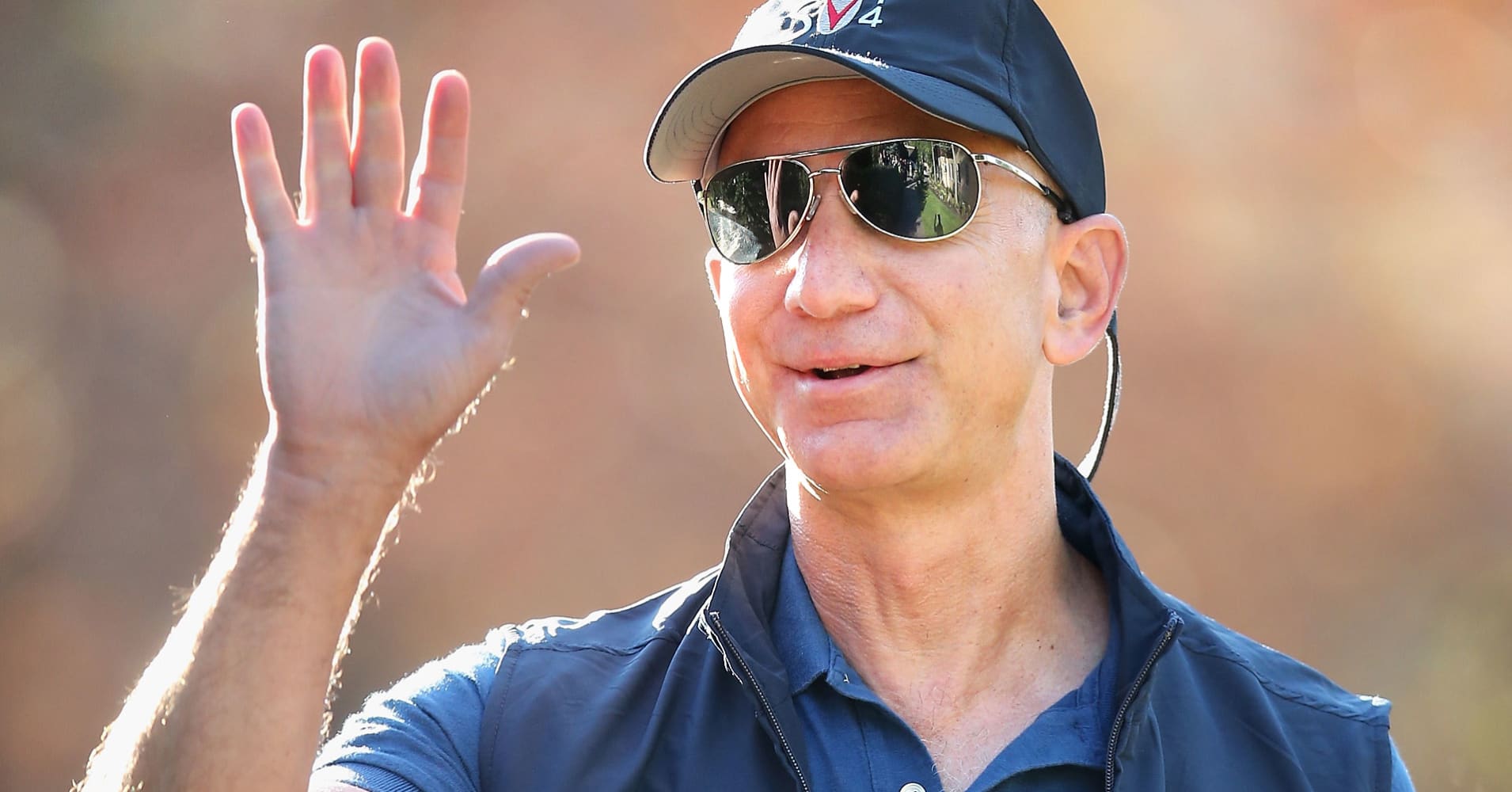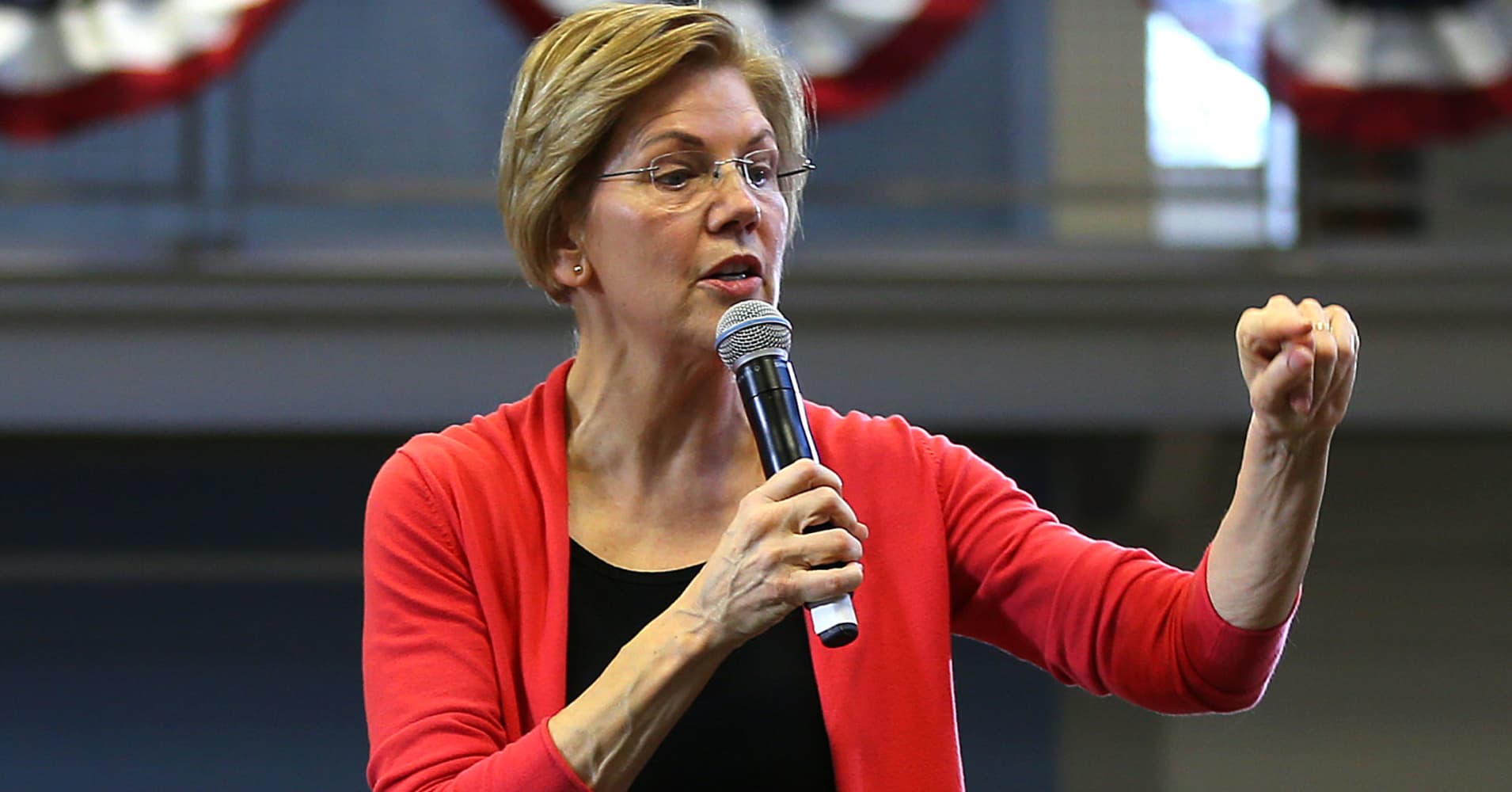
Aaron Neinstein, MD, is Assistant Professor of Medicine at the University of California, San Francisco, and Director of Clinical Informatics at the UCSF Center for Digital Health Innovation. He’s also a practicing endocrinologist.
Let’s start with a prediction: By 2025, everyone with diabetes will be tracking their blood sugar with devices called continuous glucose monitors, and it will be common for many people without diabetes to dabble in tracking, too.
This may sound like a bold statement coming from an endocrinologist (we’re the specialists who manage diabetes), but hear me out. In my practice, I primarily treat people with diabetes, and over the years, technology to help manage the disease has made remarkable strides.
People with diabetes now have alternatives to pricking their fingers with a sharp needle to measure their blood glucose level multiple times per day. Early continuous glucose monitoring systems — the first was released in 1999 by the medical device maker Medtronic — while helpful in some cases, were not widely used because they were painful to insert, bulky, inaccurate, very expensive and still required many calibrations every day with fingersticks.
The technology has improved dramatically. Two of the newest devices, the Dexcom G6 and Abbott Freestyle Libre , no longer require fingerstick calibrations, are FDA-approved for people to make insulin-dosing decisions, and are much easier to insert.
Anybody who has ever done a fingerstick blood glucose knows that it hurts. Inserting a device instead is much less painful than a fingerstick, and the needlestick happens much less frequently. Both devices transmit glucose levels to a smartphone, either wirelessly and continuously, or with a wave of a smartphone over the sensor. Accordingly, continuous glucose monitoring (CGM) use has increased in Americans with type 1 diabetes, from 6 percent in 2011 to 38 percent in 2018. I expect these technologies to continue to get even better — they will get smaller, more accurate, and even smarter as better algorithms are developed and collaborations from between the device companies and tech companies like Alphabet or Apple.
This is a positive trend. For the approximately 1.5 million Americans with type 1 diabetes, CGM has moved far beyond novelty and should represent standard of care.
But, I believe CGM has much larger potential. That includes people with type 2 diabetes (approximately 30 million American adults), the even larger group with pre-diabetes (approximately 81 million American adults), and potentially almost anybody.
I recently saw a 70-year-old patient with type 2 diabetes and heart disease who takes a medication known as metformin to manage his condition, but he has resisted making any changes to his diet. When he saw his own data from a glucose monitor, with no explanation even needed from me, he immediately identified the daily morning spike in his blood glucose level, and also its source: His daily glass of orange juice and banana.
If he had instead done a fingerprick, he wouldn’t have been aware of these large glucose spikes. Seeing them, he made changes to his diet and reported an immediate improvement in his glucose levels.
(I shared the data with his permission).
The patient then cut these items from his diet and reported an immediate improvement in his blood sugar levels.
Another patient case is a 37-year-old man without diabetes. He noticed, by wearing a continuous glucose monitor for a while, that a particular soup from a particular hospital cafe caused a surprisingly sustained elevation in glucose.
I can report that this person has taken this feedback seriously, because this person is… well me. Do I have diabetes? No. But I decided to wear the device to both to help me understand the experiences of my patients (which I embarrassingly chronicled here in 2012), and because I have a history of borderline high cholesterol. Between my cholesterol levels and these data, I decided that my metabolism and insulin resistance levels were likely putting me at higher risk for heart disease, so I immediately made substantial changes in my diet.
These two examples show how immediate feedback is powerful. And this applies even for people who do not have diabetes but may have risk factors for diabetes, such as being overweight, or having a family history of the disease.
There is no proven benefit to everyone using a continuous blood sugar tracker all the time — but, I think we will soon discover that many people can benefit from using it at least for a short period. As in the examples above, people can quickly gain valuable insights on the health impacts of lifestyle choices, including food, stress levels, sleep amounts, and activity levels.
We need more scientific studies are needed to prove that monitoring blood glucose levels will hep people who haven’t been diagnosed with diabetes to be healthier or live longer. But I expect that the value of using a device to measure it will continue to increase, as our ability to interpret and act on the data improves. In my practice, I have found my patients love being able to do a video visit or email with me about their blood sugar data, and learn from reviewing the data together. We need many more tools that help doctors guide patients to more easily use and interpret that data towards adjusting medications or habits.
Costs will also have to continue to fall for the technology to become ubiquitous. The cheapest option, the Abbott FreeStyle Libre, has arranged deals with most insurance plans to provide two sensors (lasting two weeks each) for $75, but this price will still be out of reach for many people.
Finally, our understanding of diabetes itself will change. A group of researchers at Stanford recently found found that when people without known diabetes put on a continuous glucose monitor and ate different types of meals, the ways their bodies responded varied widely — something they called “glucotypes.” This mirrors my own findings when I wore the device.
Soon, rather than speaking about the two commonly defined categories of diabetes — type 1 or type 2 — there will be dozens of smaller categories representing people who have different genetic profiles, physiological patterns (including those “glucotypes”), and even different behavioral types. We will find that there are no neat categories of people who have diabetes or don’t have diabetes, but rather a continuum of risk. Rather than giving everyone the same pill, or same insulin dose, we will find that each of these different patterns benefit from unique combinations of pills and different behavioral and lifestyle therapies. We will need artificial intelligence to help us determine these different patterns, what they mean, and what we should do with them.
The next five years will be an incredible time, as fingersticks disappear from diabetes, prices fall and the increasing ubiquity of blood sugar tracking opens new opportunities to understand, avoid, or treat disease.
WATCH: This diabetic biohacker is making insulin in a lab to prove it can be cheaper.







